Joshimath is a peaceful and picturesque town in the Indian state of Uttarakhand. It is surrounded by the Himalayas and has a lot of natural beauty and religious significance. Situated at a height of 1,890 meters (6,200 feet), Joshimath is otherwise called Jyotirmath and is venerated as a Hindu journey site. The revered shrines of Yamunotri, Gangotri, Kedarnath, and Badrinath are all visited during the annual Char Dham Yatra pilgrimage. Aside from its strict significance, Joshimath likewise offers dazzling vistas of snow-covered tops, rich green knolls, and unblemished streams, making it a well known objective for experience fans, nature darlings, and otherworldly searchers the same. Joshimath is a one-of-a-kind destination that beckons travelers looking for an off-the-beaten-path experience in the Himalayas. It has a rich cultural heritage, fascinating folklore, and a lot of outdoor activities to do.
Religious Importance
Joshimath is a sacred Hindu pilgrimage site, so it holds a lot of religious significance. The following are some important points about Joshimath’s significance to religion:
Yatra of Char Dham: The Char Dham Yatra, one of Hinduism’s most revered pilgrimage routes, makes Joshimath an important stop. This pilgrimage is made by devotees to see the four most important shrines—Yamunotri, Gangotri, Kedarnath, and Badrinath—with Joshimath serving as Badrinath’s winter capital. It is held that making this pilgrimage clears one’s conscience of sin and prepares one for salvation.
Temple of Badrinath: One of India’s most renowned and revered Hindu temples is the Badrinath Temple, which is dedicated to Lord Vishnu. It is thought to be one of the Char Dhams, or Vishnu’s four abodes, and is in Badrinath, a town near Joshimath. Every year, millions of devotees and pilgrims flock to the temple in search of spiritual comfort and blessings.
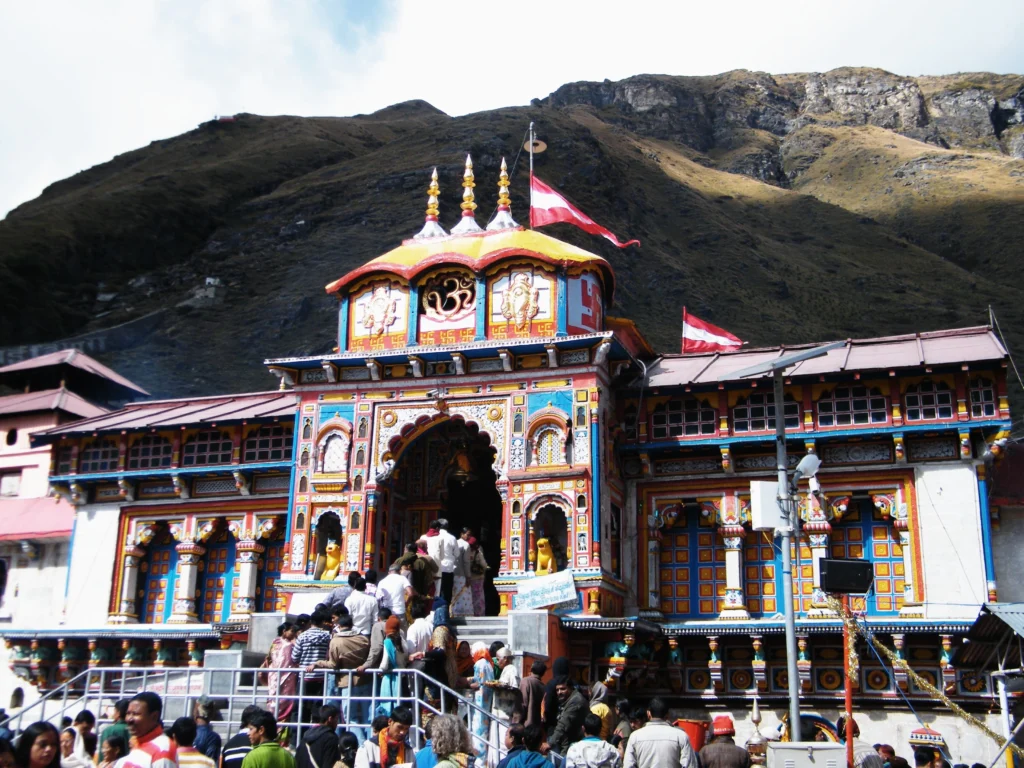
Kalpavriksha: A revered tree known as Kalpavriksha, which is said to be an incarnation of Lord Vishnu, can be found in Joshimath. Locals and pilgrims alike hold great religious significance to this tree, which is regarded as a wish-granting tree. The people of Joshimath revere the tree, which is said to be around 1,200 years old.
Shankaracharya Math: As one of the four mathas (spiritual centers) established by the great Hindu philosopher and theologian Adi Shankaracharya, Joshimath is also well-known for its ancient Shankaracharya Math. The math is a significant foundation for the review and engendering of Hindu way of thinking, otherworldliness, and Vedic writing, drawing in researchers and searchers from the nation over.
Religious celebrations: Joshimath has a few strict celebrations over time, including the Badri-Kedar Celebration, which denotes the end and resuming of the Badrinath Sanctuary. Navratri, Diwali, Makar Sankranti, and Basant Panchami are other festivals celebrated in Joshimath. Locals and pilgrims take part in traditional prayers, cultural performances, and rituals.
Overall, Joshimath is important to religion because of its connection to the Char Dham Yatra, the presence of sacred trees and temples, and the rich spiritual and cultural heritage that is deeply ingrained in the lives of the locals and draws pilgrims from all over the world.
Natural Attractions
Joshimath is tucked away in the Himalayas’ unspoiled natural beauty and has a number of natural attractions that are worth exploring. The following are some significant natural landmarks in and around Joshimath:
Nanda Devi National Park: Nanda Devi National Park, which is close to Joshimath and is a UNESCO World Heritage Site, is famous for its stunning landscapes, diverse flora and fauna, and snow-capped peaks. The park is a haven for nature lovers, trekkers, and wildlife enthusiasts thanks to the alpine meadows, dense forests, and gushing rivers that surround the majestic Nanda Devi peak, which is one of India’s highest peaks.
Adventure Activities and Trekking Trails: Joshimath is a base for a few famous traveling trails, including the Valley of Blossoms Journey, which is known for its energetic snow capped blossoms and beautiful scenes. Other treks, such as the Kuari Pass Trek, the Roopkund Trek, and the Hemkund Sahib Trek, all start in or pass through Joshimath and offer breathtaking views of the valleys, glaciers, and peaks of the Himalayas. In the vicinity, adventure activities like camping, rock climbing, and rappelling can also be enjoyed.

Auli: Near Joshimath, Auli is a popular ski resort that is known for its snow-covered slopes and stunning Himalayan views. During the winter, it is a haven for fans of winter sports because it provides opportunities for both novice and experienced skiers to engage in skiing and snowboarding. Additionally, Auli offers a breathtaking aerial view of the surrounding landscapes via a scenic chairlift ride.
Streams and Underground aquifers: Joshimath is situated in nearness to the Alaknanda and Dhauliganga streams, which offer open doors for waterway boating and calculating. Additionally, the region is home to a number of therapeutic and religiously significant hot springs, such as Yogdhyan Badri Hot Springs and Tapovan Hot Springs.
Beautiful Scenery: Joshimath is surrounded by stunning scenery, including snow-capped peaks, dense forests, and lush green meadows. The beautiful vistas of the Himalayan reaches, including Nanda Devi, Neelkanth, and Hathi Parbat, are a treat for nature darlings and picture takers. Joshimath is an ideal location for unwinding, meditating, and rejuvenating in the midst of nature due to its peaceful atmosphere and surrounding area.
Overall, Joshimath and the surrounding area offer a wide range of natural attractions, including pristine national parks, trekking trails, skiing slopes, rivers, hot springs, and stunning landscapes. This makes Joshimath the ideal destination for those who enjoy the outdoors and are looking for an adventure.
Cultural Heritage
Joshimath has a rich social legacy that mirrors the practices, customs, and history of the district. The most important aspects of Joshimath’s cultural heritage are as follows:
Traditions and customs of the area: The Hindu faith and the customs of the surrounding communities have a significant impact on Joshimath’s culture. Diwali, Durga Puja, Navratri, Makar Sankranti, and Basant Panchami are just a few of the yearly festivals and rituals that the people of Joshimath celebrate with traditional music, dance, and colorful attire. As an essential component of their cultural heritage, the locals observe traditional birth, marriage, and death rituals.
Customary Cooking: The cooking of Joshimath is to a great extent impacted by the nearby Garhwali and Kumaoni foods, which are known for their straightforwardness and exceptional flavors. Along with local delicacies like madua ki roti (finger millet bread), chainsoo (black gram curry), and kafuli (a spinach-based curry), staple foods like rice, lentils, and vegetables are commonly consumed. Additionally popular are local sweets like singhori and bal mithai.
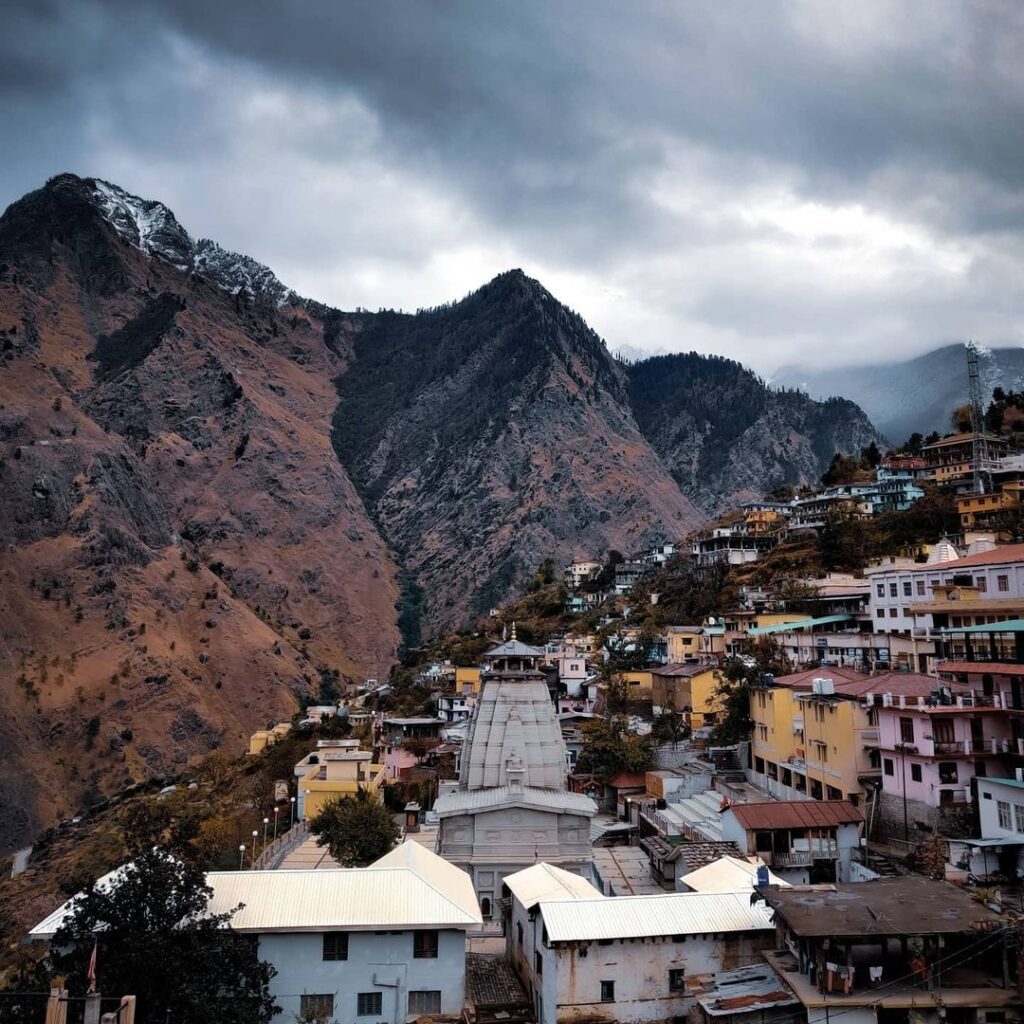
Art and Handicraft: Joshimath is well-known for its traditional arts and crafts that are a reflection of the local culture and skill. The locals’ handwoven woolen shawls, blankets, and carpets are well-known for their intricate patterns and high quality. Intricately crafted idols, utensils, and decorative items are produced by local artisans in the region, where wood carving, stone carving, and metalwork are also prominent traditional art forms.
Dance and Music: Music and dance are an important part of Joshimath’s cultural heritage. Langvir Nritya, Barada Nati, and Pandav Nritya are regionally unique forms of folk music and dance that are performed at local festivals and other special occasions. The rich cultural heritage and artistic talent of the local communities are displayed through these traditional art forms.
Fairs and Processions of Religion: Joshimath is well-known for its colorful religious processions and fairs, both of which are an integral part of the local culture. The idols of Lord Badrinath and Lord Kedarnath are carried in a grand procession during festivals like the Badri-Kedar Festival, accompanied by performances of traditional music and dance. The fairs likewise exhibit nearby handiworks, workmanship, and food, giving a brief look into the social legacy of the locale.
Customary Clothing: The local culture is reflected in the vibrant attire that the people of Joshimath typically wear. For protection against the cold, men wear dhoti-kurtas (traditional Indian attire) or woolen jackets, while women wear sarees or ghagra-cholis (traditional skirts and blouses) with heavy ornaments. The regional customs and traditions are reflected in Joshimath’s traditional attire, which is an important part of the local culture.
The unique cultural identity of the region is reflected in Joshimath’s cultural heritage, which is a rich tapestry of customs, traditions, music, dance, art, handicrafts, cuisine, and attire. It also adds to the destination’s charm and allure as a destination rich in cultural heritage.
Infrastructure and Facilities
Joshimath, being a famous journey and traveler objective, offers a scope of framework and offices to take care of the necessities of guests. The following are some important aspects of Joshimath’s infrastructure and facilities:
Accommodation: There are many places to stay in Joshimath, from cheap guesthouses to expensive hotels and resorts. These establishments provide fundamental amenities like warm water, electricity, comfortable rooms, and occasionally Wi-Fi connectivity. In-house dining, parking, and room service are just a few of the additional amenities offered by some of the hotels and resorts.
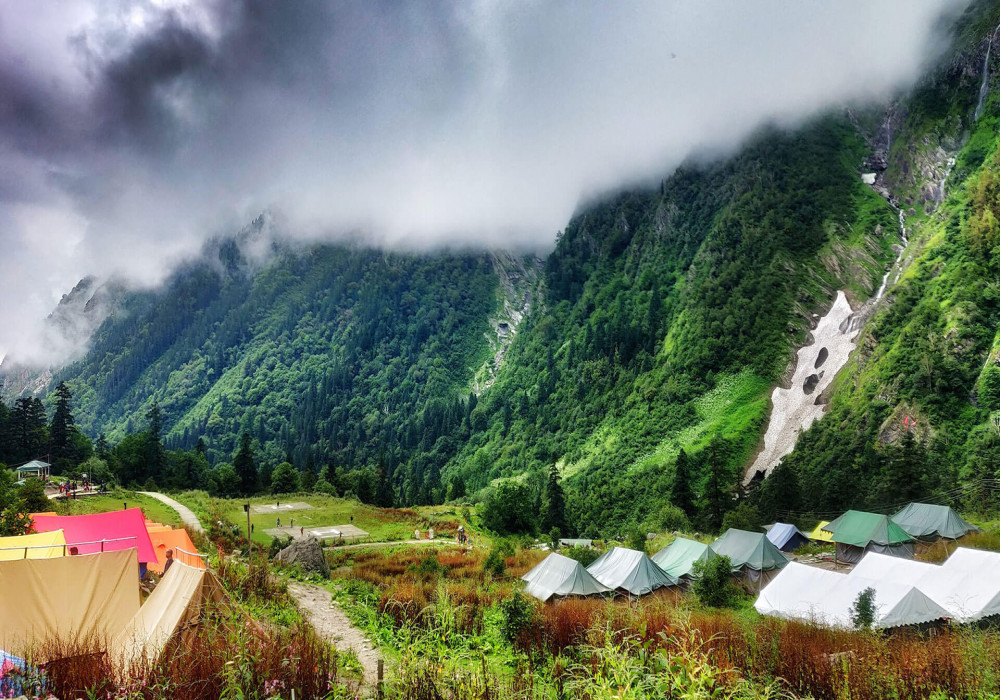
Transportation: Joshimath is all around associated by street and is available from significant urban areas in Uttarakhand and close by states. For getting to and from Joshimath, there are regular bus services, shared taxis, and private taxis. However, it’s important to keep in mind that heavy snowfall in the winter can cause the roads leading to Joshimath to be closed, so you should plan your trip accordingly.
Medical Facilities: There are public and private hospitals, clinics, pharmacies, and other basic medical facilities in Joshimath. However, since there may be a limited number of specialized medical facilities in the area, it is advisable to bring along any necessary medications as well as a first aid kit.
ATMs and Banking Facilities: In Joshimath, there are a few banks and ATMs that provide basic banking services and cash withdrawal options. However, it is in your best interest to bring a sufficient amount of cash with you because ATM availability and functionality may not always be reliable, particularly during peak tourist seasons or in remote locations.
Food and Dining: There are a number of eateries, restaurants, and dhabas (roadside food stalls) in Joshimath that serve Indian, Chinese, and Garhwali and Kumaoni dishes from the region. Both vegetarian and non-vegetarian options are available at these establishments. Nevertheless, it is essential to keep in mind that the availability of food and dining options may be restricted at specific times of the year or in more remote locations.
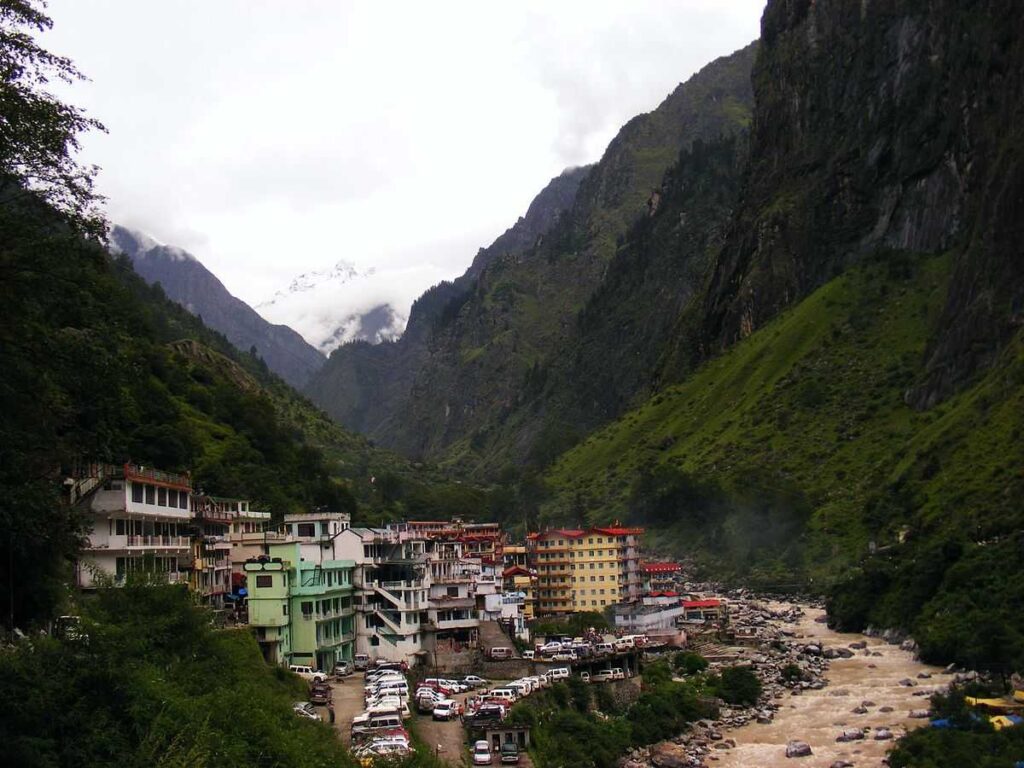
Connectivity and communication: There may be inconsistent internet connectivity and limited mobile network coverage in Joshimath. Notwithstanding, a few inns and eateries might offer Wi-Fi network for visitors. It is advisable to inquire about internet connectivity options with the provider of your lodging.
Shopping: Joshimath has neighborhood markets where you can purchase trinkets, woolen things, painstaking work, and nearby produce like honey and home grown items. These markets are a great place to learn about the culture of the area and buy souvenirs to take home.
In conclusion, despite the fact that Joshimath is a remote location, it provides visitors with basic amenities like lodging, transportation, medical services, banking and ATM services, food and dining options, communication and connectivity, and shopping opportunities. Notwithstanding, it’s critical to be ready for the distant idea of the area and plan your visit in like manner.
Adventure and Outdoor Activities
For thrill-seekers and nature lovers, Joshimath and its surroundings offer numerous adventure and outdoor activities. The following are some well-liked pursuits that you can engage in:
Trekking: The spectacular trekking trails in the vicinity of Joshimath are well-known for providing breathtaking views of the Himalayas and the landscapes that surround it. Journey like Kuari Pass, Roopkund, and Valley of Blossoms are well known among experience fans. These treks are an exciting experience for trekkers because they take you through thick forests, pristine meadows, glacial lakes, and high mountain passes.
Skiing: Uttarakhand’s Auli, just 14 kilometers from Joshimath, is a popular ski resort. Auli becomes a snow-covered paradise in the winter, providing excellent skiing opportunities for both novices and seasoned skiers. The slants of Auli are known for their flawless white snow and staggering perspectives on the Himalayas, making it an ideal objective for skiing devotees.
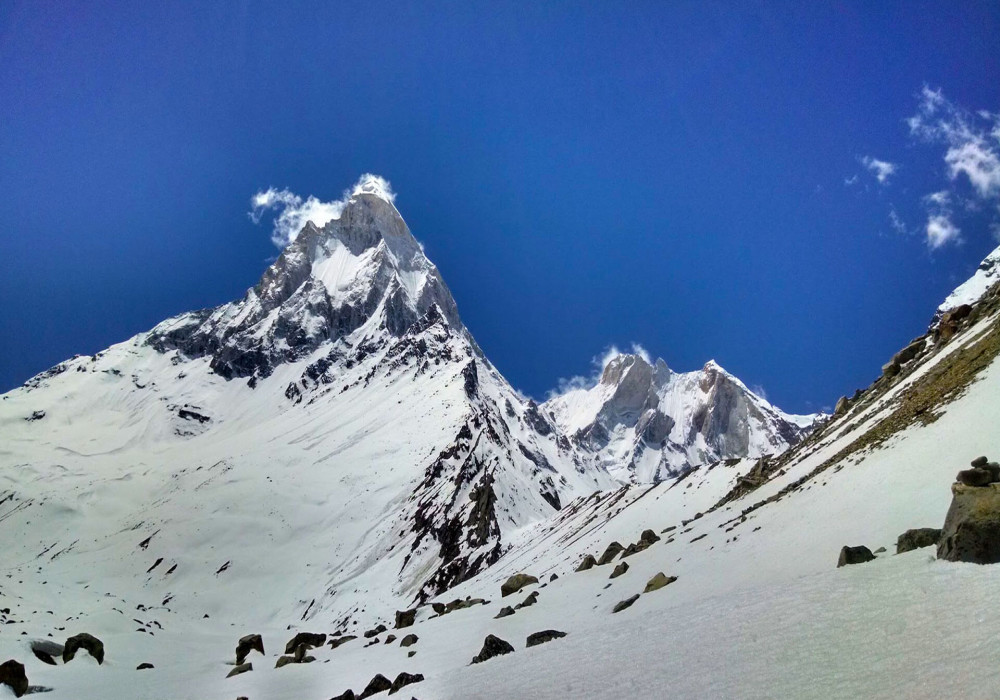
Rafting in whitewater: Adventure seekers can experience thrilling whitewater rafting on the nearby Alaknanda and Dhauliganga rivers. An exhilarating experience is rafting through the raging rapids of these rivers amid the picturesque Himalayan landscape.
Camping: The area around Joshimath is specked with a few beautiful setting up camp places where you can camp out and partake in the excellence of the Himalayan scenes. Camping under the stars in a peaceful setting is a wonderful way to connect with nature and enjoy outdoor activities.
Ride on a cable car: Auli is additionally popular for its trolley ride, known as the Auli Ropeway. It is Asia’s longest and highest ropeway, and from it, you can see the valleys and mountains all around. The cable car ride is an exciting experience that gives you a different look at the Himalayas.
Biking the mountains: The rough landscapes around Joshimath are ideal for mountain trekking devotees. You can rent a bike and ride through the forests, see the beautiful trails, and feel the rush of biking in the Himalayas.
Journey Traveling: The area around Joshimath is likewise known for its strict and journey. Devotees enjoy treks to Hemkund Sahib, Badrinath, and other nearby pilgrimage sites because they combine spirituality and adventure in a novel way.
These are only a couple of the experience and outside exercises that you can enjoy during your visit to Joshimath and its encompassing regions. Adventurers and nature lovers alike will find plenty to do in the region, making it an ideal destination for those seeking an adrenaline rush and immersing themselves in the Himalayan wilderness.
Practical Information
In order to have a pleasant and trouble-free trip to Joshimath, it is essential to keep some useful information in mind when making plans. Consider the following practical details:
Weather: Joshimath encounters changing weather patterns over time. With temperatures ranging from 10°C to 25°C from April to June, the summer is a pleasant time for outdoor activities. In order to avoid landslides and road closures during the monsoon season, which lasts from July to September, it’s best to check the weather first. The region is susceptible to avalanches during the winter months of October through March, so if you plan to visit during this time, bring appropriate clothing and equipment.
Accommodation: There are numerous guesthouses, hotels, and lodges to choose from in Joshimath. Nonetheless, the accessibility of offices and administrations might be fundamental and restricted contrasted with metropolitan regions. It’s prudent to book convenience ahead of time, particularly during top seasons, and convey important fundamentals like comfortable dress, toiletries, and drugs.
Transportation: Joshimath is easily accessible by road from either Haridwar or Rishikesh. The closest air terminal is Sprightly Award Air terminal in Dehradun, which is roughly 275 km away. Local taxis and buses are available from Joshimath for sightseeing and transportation to nearby attractions.
Permits: Permits from the forest department and local authorities are required to visit the Valley of Flowers and Hemkund Sahib in the vicinity of Joshimath. It’s fundamental to acquire the important licenses prior with setting out on such journeys and comply to the standards and guidelines to protect the common habitat.
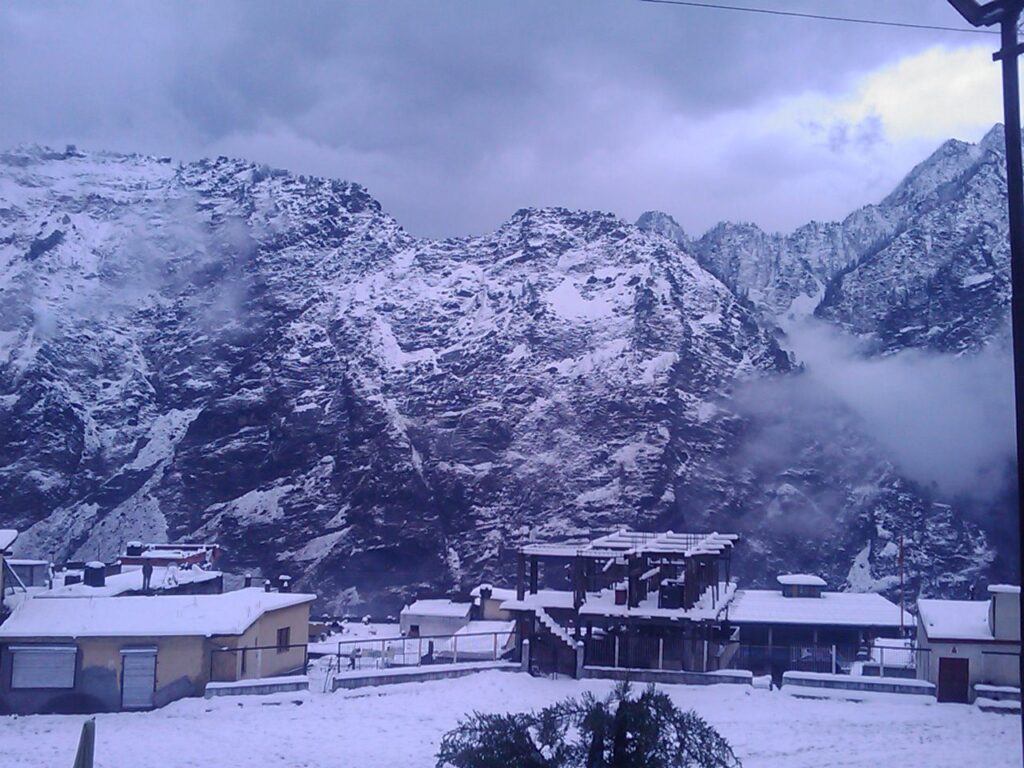
Sickness from altitude: Joshimath is approximately 1,890 meters (6,200 feet) above sea level, and nearby attractions like Auli and Hemkund Sahib are even higher. Altitude sickness can be a concern; to avoid any health problems caused by high altitude, it is best to acclimate gradually, stay hydrated, and take the necessary precautions.
Neighborhood Customs and Manners: Joshimath and its encompassing regions are socially rich, and regarding the neighborhood customs and traditions is significant. Dress modestly, don’t litter, and follow the rules of the area. Before taking pictures of locals or their properties, it’s also a good idea to get their permission.
Safety and health: Despite the fact that Joshimath is a relatively safe location for tourists, it is essential to take the necessary precautions, such as avoiding isolated areas, taking care of one’s personal belongings, and adhering to safety guidelines while participating in adventure activities. A basic first aid kit and any necessary medications should also be carried.
When planning a trip to Joshimath, keep these helpful hints and information in mind. To ensure a safe and enjoyable trip to this stunning Himalayan location, it is always a good idea to conduct thorough research, verify local regulations, and make appropriate preparations.
Note: It’s constantly prescribed to really look at the most recent travel rules and guidelines, as they might fluctuate because of evolving conditions, and talk with neighborhood specialists or travel specialists for exceptional and precise data prior to arranging an excursion to Joshimath.
Conclusion
In conclusion, Joshimath is a place with a lot of cultural history, religious significance, natural attractions, opportunities for adventure and outdoor activities, and more. It is a popular destination for travelers looking for a one-of-a-kind combination of spirituality, nature, and adventure due to its stunning surroundings, its strategic location as a base for pilgrimages and treks, and its strategic location. Weather, lodging, transportation, permits, altitude sickness, local customs, and health and safety are all important considerations when planning a trip to Joshimath. Visitors to this picturesque Himalayan town can have an unforgettable experience if they are prepared and respectful of the environment and culture. Whether it’s investigating old sanctuaries, getting a charge out of stunning perspectives, enjoying experience sports, or submerging in the nearby culture, Joshimath brings something to the table for each sort of explorer.
FAQs
How can I reach Joshimath?
Joshimath is very much associated by street and can be gotten to by means of Rishikesh or Haridwar. The closest air terminal is Sprightly Award Air terminal in Dehradun, which is roughly 275 km away. Local taxis and buses are available from Joshimath for sightseeing and transportation to nearby attractions.
When is the best time to go to Joshimath?
During the summer, from April to June, when the weather is ideal for outdoor activities, Joshimath is at its best. Nonetheless, it’s critical to really look at the weather patterns prior to arranging an excursion during storms (July to September) as weighty precipitation can cause avalanches and street terminations. Avalanches may make some areas inaccessible during the cold winter months (October to March).
What are the must-visit places in and around Joshimath?
The ancient temples of Narasimha and Shankaracharya, Auli, a popular skiing destination, Hemkund Sahib, a sacred Sikh pilgrimage site, the Valley of Flowers, a UNESCO World Heritage Site known for its stunning alpine meadows, and Badrinath, one of the Char Dham pilgrimage sites, are all must-see destinations in and around Joshimath.
Are there any permits required for visiting nearby areas from Joshimath?
Indeed, certain regions around Joshimath, like the Valley of Blossoms and Hemkund Sahib, require licenses from the backwoods division and nearby specialists. It’s fundamental to acquire the important licenses prior with setting out on such journeys and comply to the standards and guidelines to protect the common habitat.
What precautions should I take for high altitude sickness in Joshimath?
Joshimath is approximately 1,890 meters (6,200 feet) above sea level, and nearby attractions like Auli and Hemkund Sahib are even higher. Altitude sickness can be a concern, so it’s best to acclimate gradually, stay hydrated, avoid strenuous activities at first, and take necessary precautions like carrying medications for altitude sickness as advised by a doctor. It’s critical to know about the side effects and look for clinical assistance if necessary.







